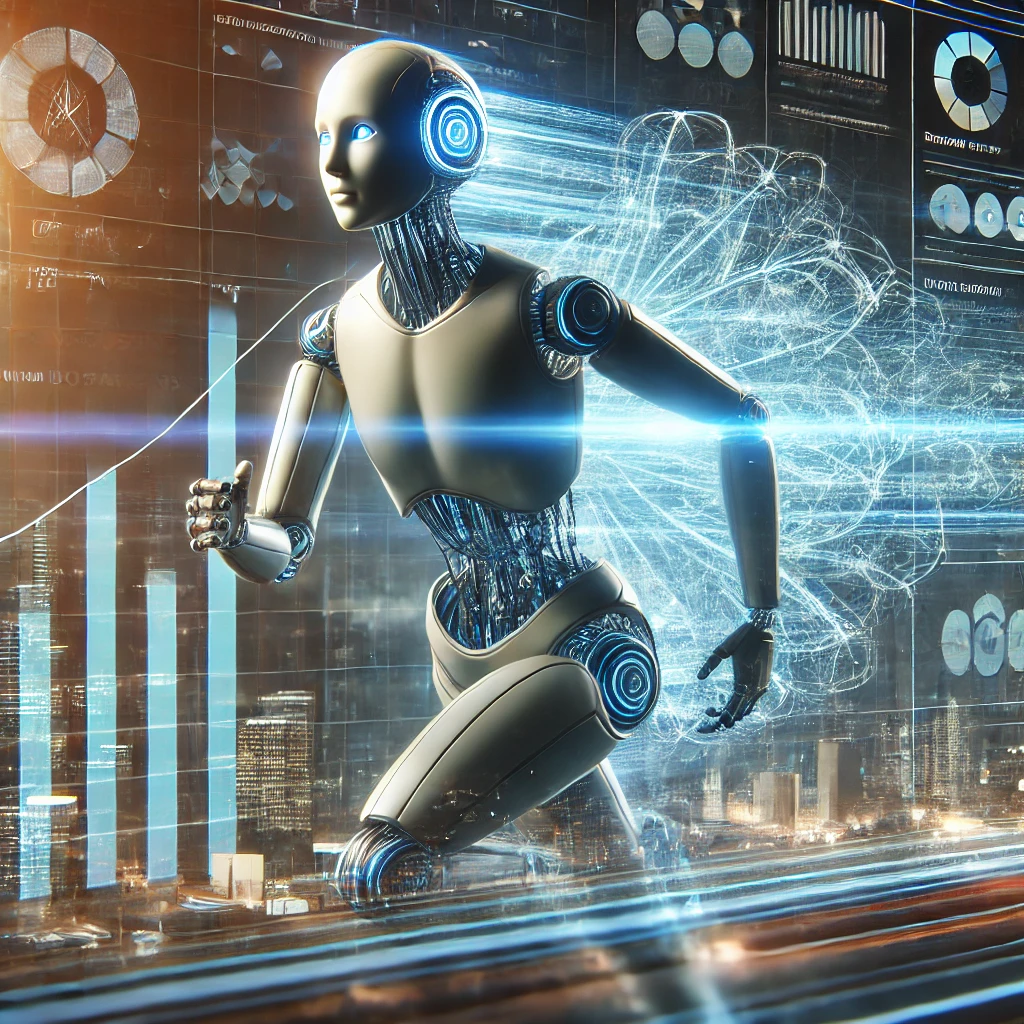



Artificial Intelligence (AI) agents are rapidly transforming industries by automating tasks, optimizing workflows, and making data-driven decisions. However, their true potential lies in their scalability and adaptability—the ability to handle increasing workloads while seamlessly adjusting to new challenges. As businesses and technology ecosystems evolve, AI agents must be designed to scale efficiently and adapt dynamically to ever-changing environments.
Understanding Scalability in AI Agents
Scalability refers to an AI system’s capability to maintain performance and efficiency as demands increase. Whether handling more data, supporting a larger user base, or performing more complex tasks, a scalable AI agent ensures that growth does not lead to degradation in speed, accuracy, or reliability.
Key Aspects of AI Scalability
- Infrastructure Flexibility – AI agents must leverage cloud computing, distributed systems, and edge computing to handle expanding workloads efficiently.
- Parallel Processing & Optimization – Implementing parallel computation and efficient data structures allows AI models to handle multiple requests simultaneously.
- Dynamic Resource Allocation – Scalable AI systems utilize auto-scaling mechanisms to allocate computational resources based on real-time demand.
- Modular & Microservices Architecture – Breaking AI agents into smaller, independent services ensures that they can scale specific functionalities without overhauling the entire system.
Real-World Examples of AI Scalability
- E-commerce Chatbots: AI-powered chatbots must handle increased customer queries during peak shopping seasons without delays or crashes.
- Financial Fraud Detection: AI models analyzing transactions in real-time must scale to process millions of requests per second as financial institutions grow.
- Cloud-Based AI APIs: AI-driven services like language translation or image recognition must support millions of API calls without compromising performance.
The Importance of Adaptability in AI Agents
While scalability ensures AI can handle growing workloads, adaptability ensures AI remains effective in dynamic environments. Adaptability refers to an AI agent’s ability to learn from new data, adjust to emerging trends, and refine its decision-making processes over time.
Key Features of Adaptive AI
- Continuous Learning – AI agents use reinforcement learning and self-improving models to evolve based on user interactions and feedback.
- Context Awareness – Advanced AI agents analyze real-time data, user behavior, and external factors to make more relevant decisions.
- Cross-Domain Application – Adaptive AI can transfer learned knowledge from one industry or use case to another with minimal retraining.
- Personalization – AI agents dynamically adjust their responses and recommendations based on user preferences, improving customer experience.
Real-World Examples of AI Adaptability
- Autonomous Vehicles: AI-driven cars must continuously adapt to changing road conditions, weather patterns, and unexpected obstacles.
- AI in Healthcare: Medical AI systems must update treatment recommendations based on the latest research and patient data.
- Marketing & Sales AI: AI-powered marketing tools must adjust messaging strategies based on real-time consumer behavior and trends.
The Future of Scalable and Adaptive AI
As AI continues to evolve, the next wave of innovation will focus on creating agents that are both scalable and adaptive. AI-driven organizations must invest in:
- Hybrid AI Architectures – Combining edge AI and cloud AI to optimize scalability and responsiveness.
- Federated Learning – Decentralized learning models that adapt to new data while preserving privacy.
- Autonomous AI Agents – Self-improving agents that proactively refine their strategies without human intervention.
Final Thoughts
For AI to deliver long-term value, it must not only handle increasing demands but also evolve with changing requirements. Businesses that leverage scalable and adaptive AI agents will be better equipped to stay competitive, drive innovation, and create more intelligent, future-proof systems.
Are you ready to build AI agents that scale effortlessly and adapt intelligently? The future of AI isn’t just about automation—it’s about resilience, efficiency, and continuous evolution!


